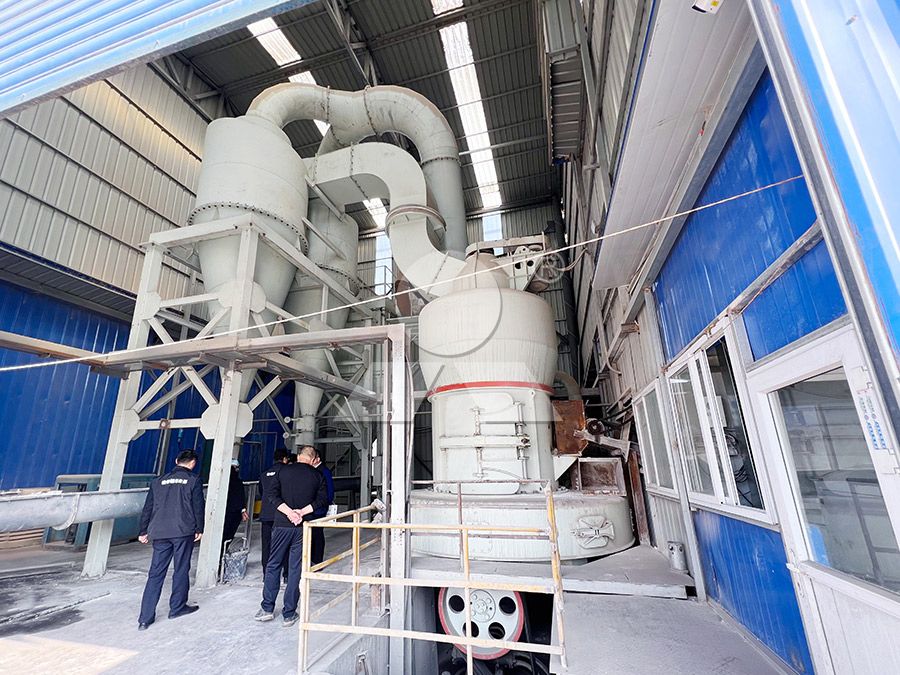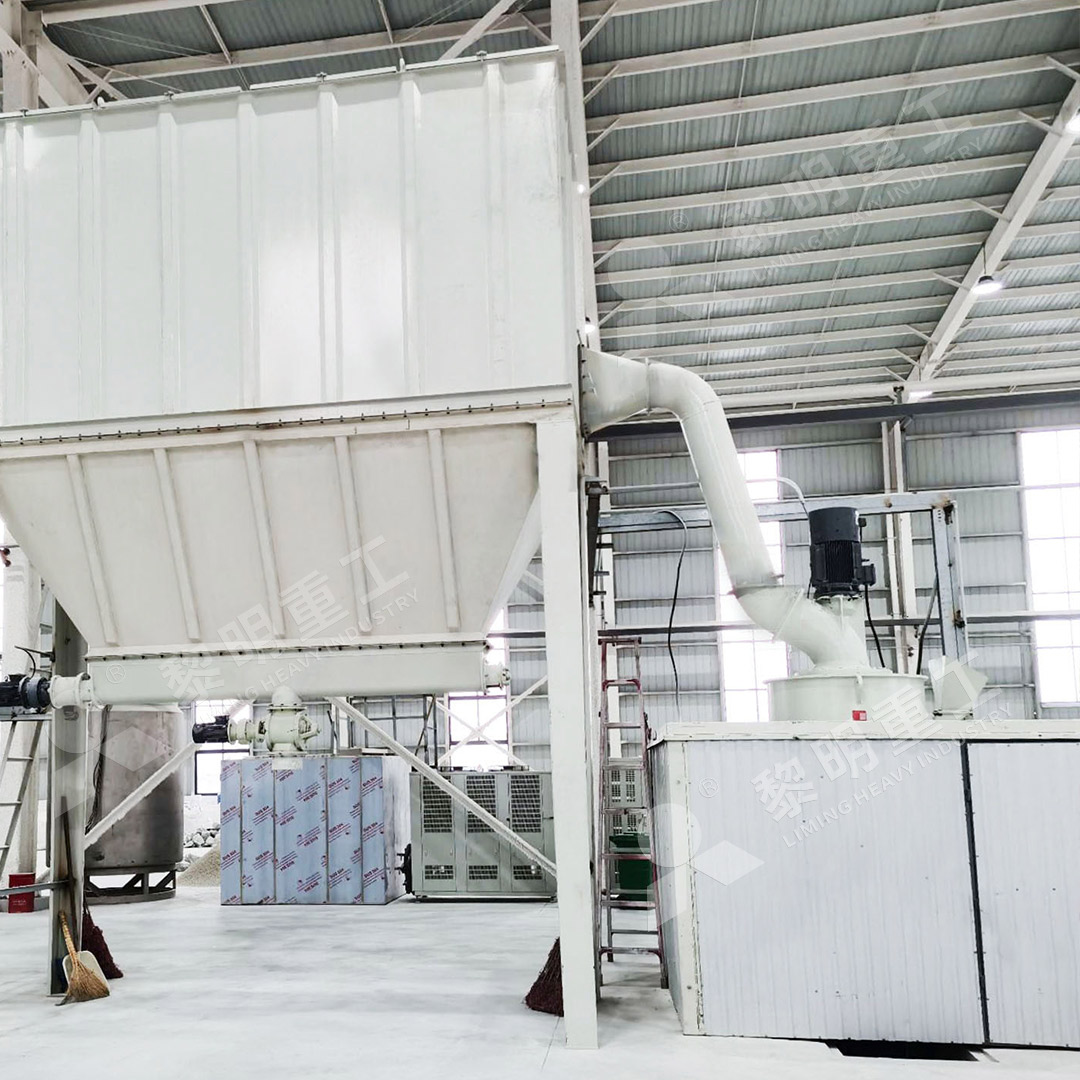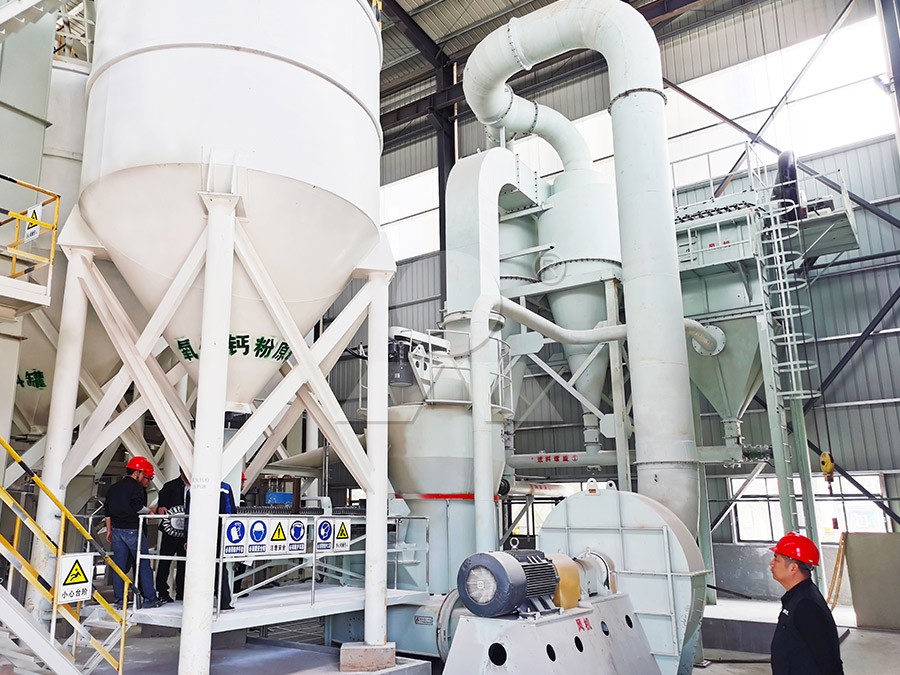Dolomite Grinding Mill Production Line Process and Equipment Configuration
Dolomite Grinding Mill Production Line Process and Equipment Configuration
Dolomite, a calcium magnesium carbonate mineral, requires specialized grinding solutions to achieve the fine powder specifications demanded by various industries. The production line for processing dolomite into high-value powders involves several critical stages, each requiring precisely engineered equipment to ensure optimal efficiency and product quality.
The journey begins with primary crushing, where large dolomite rocks are reduced to manageable sizes of 0-20mm. This material then enters the grinding phase, which represents the heart of the production line. Here, the selection of appropriate grinding technology becomes paramount for achieving the desired fineness while maintaining operational efficiency.

For operations requiring ultra-fine dolomite powder between 325-2500 meshes, the MW Ultrafine Grinding Mill presents an exceptional solution. This advanced mill incorporates German cage-type powder selector technology, enabling precise control over final product fineness. The absence of rolling bearings and screws within the grinding chamber eliminates common failure points, while the external lubrication system permits continuous 24-hour operation. With capacities ranging from 0.5 to 25 tph, this mill demonstrates 40% higher production capacity compared to jet mills and consumes only 30% of the energy.
The grinding process itself follows a sophisticated trajectory. Material enters through the central feed and spreads across the grinding table through centrifugal force. Multiple grinding zones ensure progressive size reduction, with coarse particles repeatedly recycled while fine particles advance to the separation stage. The integrated pulse dust collector maintains environmentally compliant operation by capturing airborne particles effectively.

For operations prioritizing vertical space utilization and energy efficiency, the LUM Ultrafine Vertical Grinding Mill offers compelling advantages. Combining Taiwanese grinding roller technology with German powder separation expertise, this mill achieves remarkable energy savings of 30-50% compared to conventional systems. Its reversible structure simplifies maintenance, allowing grinding rollers to be easily extracted for inspection or replacement.
The complete dolomite grinding line integrates multiple components beyond the core grinding unit. Jaw crushers handle initial size reduction, while bucket elevators and vibrating feeders ensure consistent material flow. Sophisticated dust collection systems maintain clean operation, and automated control panels enable precise parameter adjustment. The entire system operates under negative pressure to prevent dust emission, meeting stringent environmental standards.
Material characteristics significantly influence equipment selection. Dolomite’s moderate hardness (3.5-4 Mohs) and white coloration demand grinding solutions that minimize iron contamination while maximizing whiteness preservation. The grinding media composition and liner materials must be carefully selected to prevent discoloration and maintain product purity.

Modern dolomite grinding facilities increasingly incorporate smart technologies for operational optimization. Remote monitoring systems track key performance indicators, while predictive maintenance algorithms anticipate component wear. These digital enhancements complement the mechanical reliability built into premium grinding equipment, ensuring consistent product quality and minimal downtime.
Frequently Asked Questions
Q: What fineness range can be achieved when grinding dolomite?
A: Advanced mills like the MW series can produce dolomite powder ranging from 325 to 2500 meshes, with the capability to achieve d97≤5μm in a single pass.
Q: How does the MW Ultrafine Grinding Mill handle dust control?
A: The mill integrates an efficient pulse dust collector that captures fine particles throughout the grinding process, ensuring no dust pollution and compliance with environmental standards.
Q: What maintenance advantages does the LUM Ultrafine Vertical Grinding Mill offer?
A: Its reversible structure allows grinding rollers to be easily moved out of the mill body for maintenance, significantly reducing downtime during inspection or replacement of wear parts.
Q: Can the same grinding line process materials other than dolomite?
A: Yes, these versatile grinding systems can handle various non-metallic minerals including limestone, calcite, barite, and talc with minimal adjustments.
Q: What power consumption can be expected from modern dolomite grinding systems?
A: Advanced mills like the MW series consume approximately 30% less energy compared to traditional jet mills, while the LUM vertical mill reduces energy consumption by 30-50% compared to conventional grinding systems.
